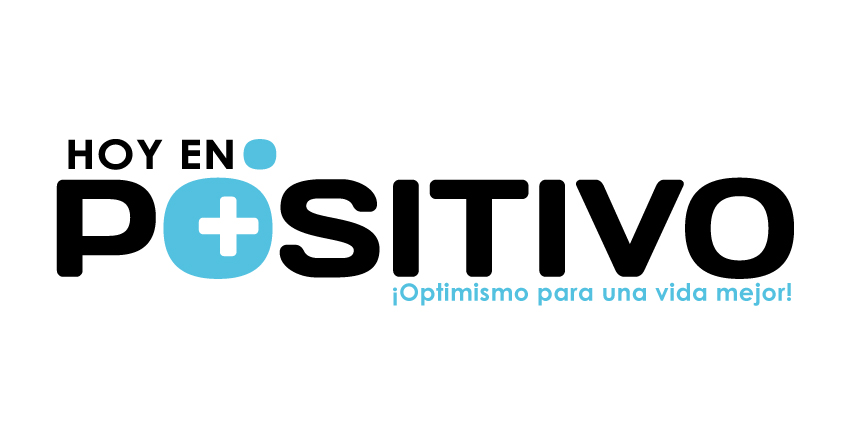Optimizing the Data Center with Oracle Cross Portfolio Offerings

With the advent of modern approaches such as virtualization, management layer integration and cloud computing, the data center landscape is evolving at an accelerated pace. While traditional limitations are being addressed through novel approaches, new issues are inherently being introduced that compound the issue, even as business and IT customer expectations have become more sophisticated than ever before. Oracle’s response to these challenges is the Oracle Application Engineered Systems (AES) portfolio, which includes the purpose-built engineered systems (e.g.Exa* product family) and general purpose (e.g.SPARCSuperCluster).
When we talk about how the Oracle hardware and software stacks are engineered to work together, we are referring to our unique ability to offer customers a completely integrated hardware and software stack, engineered at every IT layer, from applications through middleware and databases, and all the way through servers and storage. When combined with our premier OUM (Oracle Unified Methodology) and OADP (Oracle Architecture Development Process) methodology and subject matter expertise pool, Oracle customers get a truly unique value proposition: optimizing and monetizing their investment in Oracle hardware and software
The real value for customers is that the consulting organization, can synergize efforts across Oracle, including consulting sales, hardware/software license sales, applications sales and architecture , then articulate these differentiators to show our customers real business transformation with an optimized data center that leverages their Oracle assets, the new Oracle portfolio, and our best-in-market process and people.
Oracle consulting starts with the end resulting in mind. Key architectural requirements are gathered to create an optimized data center strategy, including: existing versus new skills needed, and capabilities targeting the right applications and workloads, all to optimize for public, private or hybrid cloud, security and compliance requirements, application readiness, impact on business and IT operations, and risk mitigation.
As practitioners, we acknowledge that embarking on the optimized data center journey is not a one-off event but an iterative process to architecture and organization maturity, getting to a unified IT operating model with high levels of business process integration and standardization.
The roadmap to an optimized data center entails current state, architecture vision, target state, current-target gap analysis, prioritization, and roadmap transitions. Specifics revolve around goals and expected benefits that drive the overall thought process and architectural approach in identifying required capabilities and features to support target state. For instance, lowering operational costs would benefit from vertically integrated solutions and optimized systems for simplified IT, with required capabilities such as integratability of known, predictable, standardized modular components featuring simplified management, simplified integration and transparent security.
Take a look at these Oracle Consulting customer engagements to further understand how Oracle can transform business.
Customer: A Large National Bank
Oracle Consulting assessed the customer’s enterprise architecture maturity and created the architecture vision for development of cloud (DBaaS) architecture and data consolidation, virtualization and automated data management. This was followed by definition of an implementation roadmap and transitional architectures for shared services and a service catalogue onOracle Database 11g and Oracle Enterprise Manager 12c platforms to enable performance, availability and agility required by business customer.
Several infrastructure options were provided, including Exa and SPARC-based options, as well as hybrid and commodity server-based-options. In particular, the Oracle ability to abstract the infrastructure layer and recombine infrastructure building blocks brought unique value to the customer.
For a second engagement, Oracle Consulting was asked to help modernize the enterprise customer information infrastructure based on a legacy HP (Tandem) platform. With implementation of target state Oracle Exadata platform configured for high performance/high availability and automatic failover, the customer’s buy-in resulted in an architecture roadmap and data migration engagement to optimize platform cost and enable future growth and co-tenancy, ultimately a rewarding customer and user experience. The Oracle Consulting team received high praise for leveraging the Oracle Data Migration Factory process, which jumpstarted the creation of that specific deliverable.


